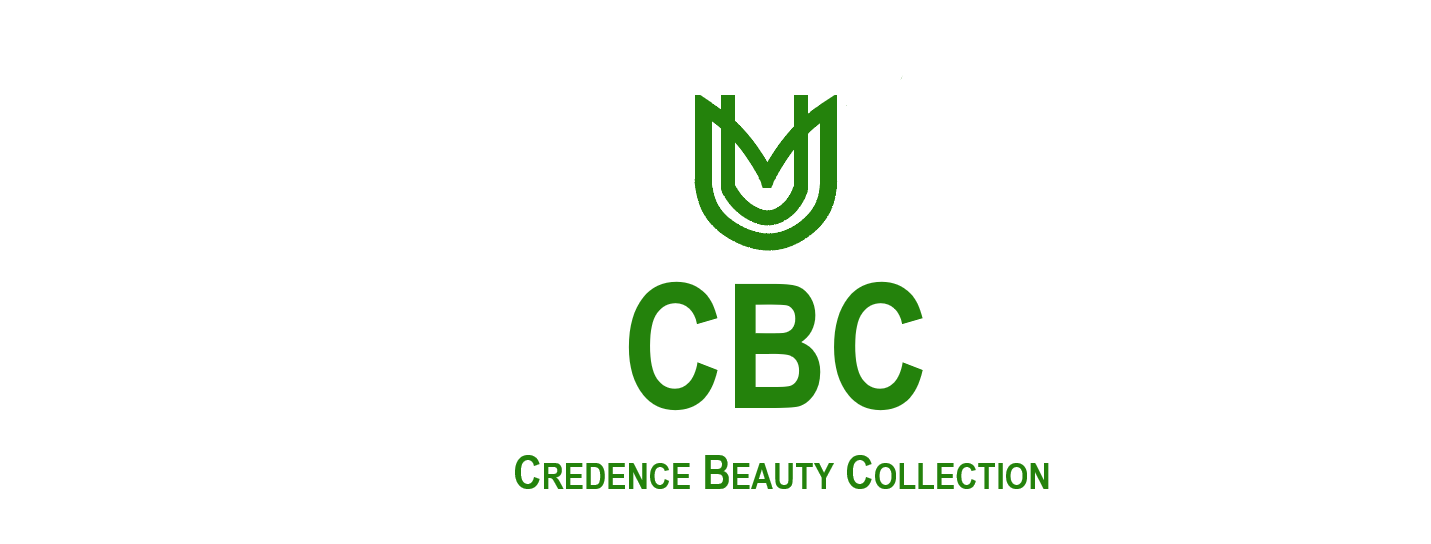Beauty is a complex and multifaceted concept that has been debated and explored across various disciplines, including philosophy, sociology, anthropology, and psychology. While beauty standards can vary greatly across cultures and historical periods, they often reflect the underlying values, norms, and ideologies of a society. In this article, we will delve into the intricate relationship between beauty and cultural values, examining how beauty standards are shaped by and reflect the societal context in which they exist.
Cultural Construction of Beauty
Beauty is not an absolute or universal concept; rather, it is culturally constructed and relative. What is considered beautiful in one culture or era may not be in another. For instance, in ancient Greece, the ideal beauty standard emphasized proportion, harmony, and balance, reflecting the cultural values of order and moderation. In contrast, in some African cultures, beauty is associated with scarification, which symbolizes strength, courage, and spiritual growth.
Reflection of Societal Values
Beauty standards often reflect the dominant values and ideologies of a society. For example:
- Youth and Beauty: In many Western cultures, youthfulness is highly valued, and beauty standards often prioritize smooth skin, firm bodies, and vibrant hair. This reflects the societal emphasis on vitality, energy, and productivity.
- Femininity and Masculinity: Traditional beauty standards often reinforce gender roles and expectations. For instance, in some cultures, feminine beauty is associated with delicacy, modesty, and nurturing qualities, while masculine beauty is linked to strength, ruggedness, and assertiveness.
- Social Status and Wealth: In some societies, beauty is linked to social status and wealth. Luxury brands, expensive beauty treatments, and exclusive products become status symbols, reflecting the cultural value placed on material success.
- Cultural Identity: Beauty standards can also reflect a society’s cultural identity and heritage. For example, traditional clothing, hairstyles, and adornments may be used to express cultural pride and affiliation.
The Impact of Globalization and Media
Globalization and media have significantly influenced beauty standards, leading to the homogenization of beauty ideals. Western beauty standards, in particular, have been exported globally, often displacing traditional beauty standards. The proliferation of social media has created new beauty influencers and trends, further shaping beauty standards.
Challenging and Subverting Beauty Standards
However, beauty standards are not fixed or absolute. There are ongoing efforts to challenge and subvert traditional beauty norms, promoting diversity, inclusivity, and body positivity. The beauty industry has responded by incorporating more diverse models, products, and marketing campaigns.
Conclusion
Beauty reflects cultural values, norms, and ideologies, making it a complex and multifaceted concept. Understanding the relationship between beauty and cultural values provides insight into the societal context in which beauty standards exist. As beauty standards continue to evolve, it is essential to recognize the cultural significance of beauty and its impact on individuals and society.
By examining the cultural construction of beauty, we can better appreciate the diversity of beauty standards and promote a more inclusive and accepting definition of beauty. Ultimately, beauty is a reflection of our collective values, and by embracing this complexity, we can foster a more nuanced understanding of ourselves and our place within society



